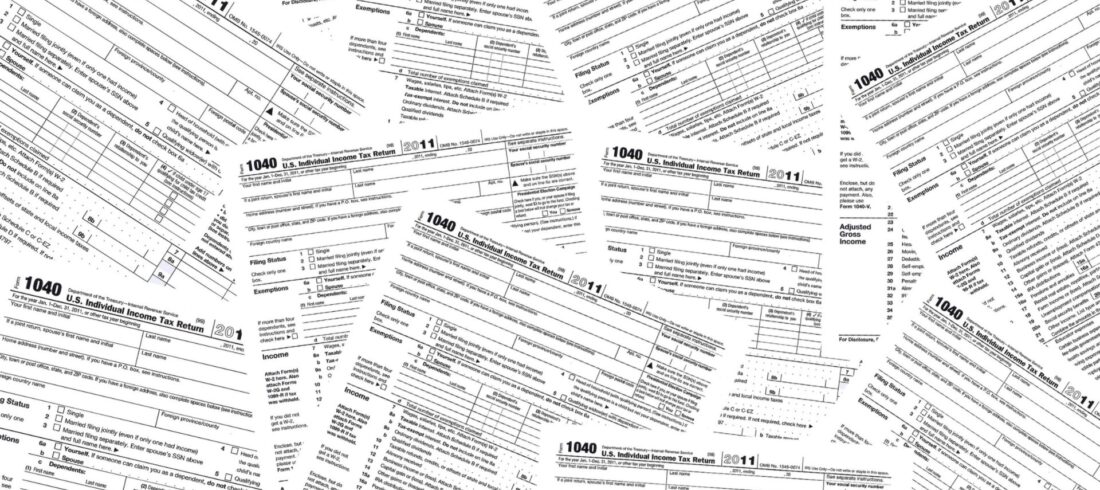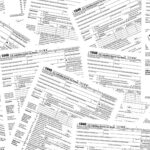What advantages does the merchant derive from book-keeping by double entry? It is amongst the finest inventions of the human mind.
– Jahann Wolfgang von Goethe
If you can carry around all your worldly assets in your pocket, and you spend all the money you receive every day on basic living expenses, then you don’t need accounting. If your situation is more complex, you can benefit from keeping written financial records.
The earliest known form of accounting, which existed around 9,000 years ago, consisted of small clay tokens that represented assets – a cone shaped token stood for a small measure of grain, a sphere represented a large measure of grain, and a cylinder stood for a domestic animal. Written accounting records have been found that date back to around 5300 years ago.
A description of double entry accounting, which is used by nearly everyone in the present time, was first published by a Venitian monk, Luca Pacioli in 1494. It is quite accurate to say that without Pacioli’s accounting method, complex business organizations would not be possible.
Sophisticated business owners and investors would never try to manage their financial affairs without complete and accurate financial records, but I have found, to my sorrow, that many small business owners give accounting a very low priority. I have seen very small businesses with little or no debt survive without a formal accounting system, so clearly it can be done. But I have never seen a business that generates an actual profit for its owners, that did not have good accounting records used regularly by at least one person in the business.
The reason accounting is important is that it tells you where you’ve been (financially speaking), where you are now, and where you’re headed. Here’s an example of how a cash flow projection can be a great tool to get what you want:
Rudy is an artist who creates murals and mosaics for commercial and residential buildings. He makes an average of $15,000 per project, and the average project takes him about a month. Rudy wants to buy a new work van, for which he wants to make a down payment of $8,000. The current project he’s working on, a mosaic floor for the Pompey home, is almost finished. He has taken draws of $9,000 and expects to receive a final draw of $8,000 on completion, which should be two weeks from now. He has a second project underway for the Vorenus Meat Markeet and anticipates a progress draw of $2,000 next week. He will begin a new project as soon as he completes the Pompey project. His calendar includes a lunch next week with a prospective client, Markus Anthony.
[table id=1 /]
With this information, Rudy will have a very clear idea of the minimum amount of cash he’ll need from the Anthony project, or some other new project, to have enough money for the van down payment.
Without this information, and with $13,075 sitting in his bank account, Rudy might have believed that he could afford the van with only his current work to bring in money. It’s surprising how many people fall into the trap of looking only at the cash on hand, without projecting their cash flows into the future.
On a more positive note, it’s quite amazing to see how well a person can do when they know exactly what their monetary goal is.













